Hollyhock Flower Removal: Do Hollyhocks Need To Be Deadheaded
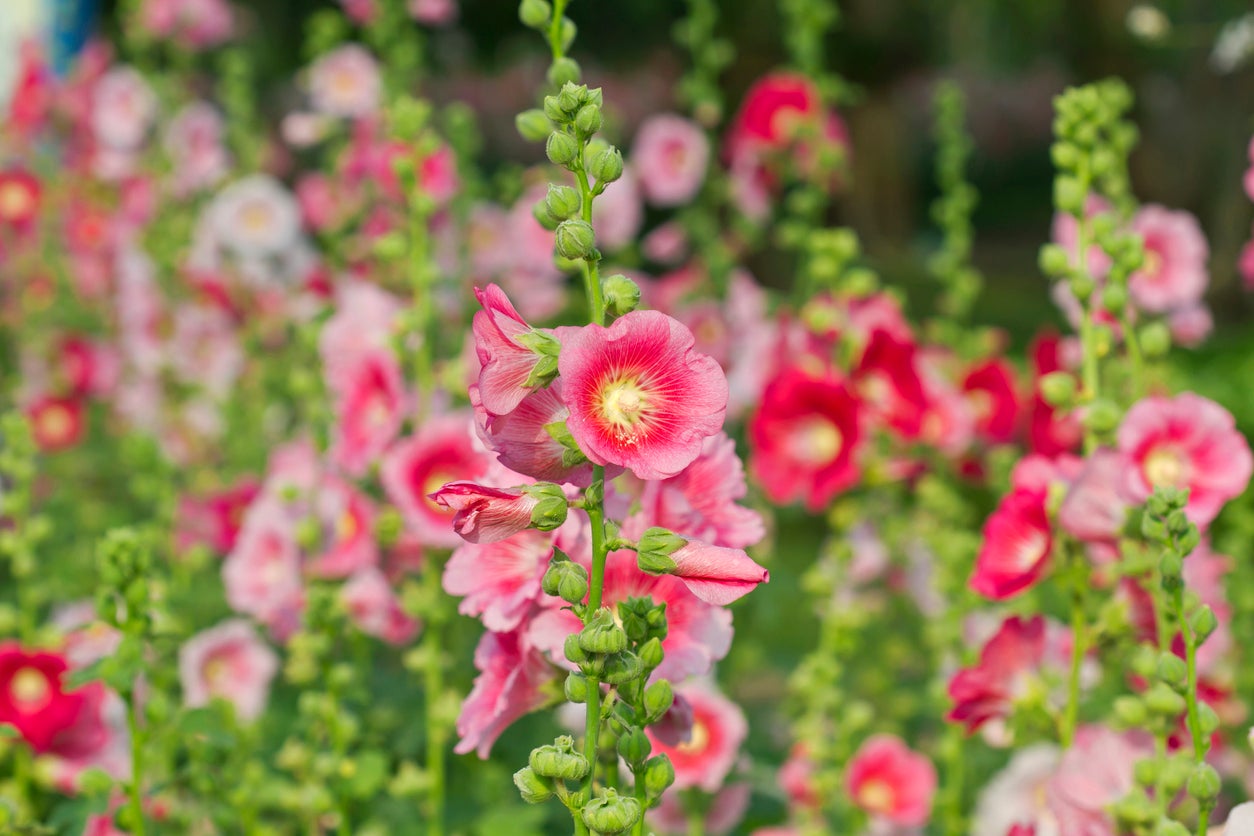

Hollyhocks are the showstoppers of the flower garden. These towering plants can grow to 9 feet (3 m.) tall and produce stunning, large blooms. To make the most of these gorgeous flowers, know how best to care for them. Do hollyhocks need to be deadheaded? Yes, if you want to keep them looking great and blooming for as long as possible.
Should You Deadhead Hollyhocks?
Deadheading hollyhock plants isn’t necessary, but it is a good idea. It can help keep the blooms going longer throughout the season and also keeps your plants looking nicer and tidier. Think of deadheading this plant as a way of pruning to coax it into producing flowers right up to the fall and even the first frost. It’s also a good idea to remove dead and damaged leaves, too, for a better overall look and a healthier plant.
Keep in mind, too, that deadheading will prevent or minimize reseeding. Hollyhock is a biennial in most growing zones, but if you let the seed pods develop and drop, they will regrow from year to year. You can deadhead to prevent this, to collect and save the seeds, or to manage how and to what extent the plants reseed and spread.
How and When to Deadhead Hollyhocks
Removing spent hollyhock blooms is pretty simple: just pinch or clip off those that have faded and finished flowering, before the seed pod forms. You can do this throughout the growing season. Pinch off spent blooms and dead leaves regularly to promote more growth and flowers.
Toward the end of the growing season, when most of the blooms are finished, you can cut down the main stems of your hollyhocks. If you want the plant to continue coming back year after year, you can leave some seed pods on the stalk. These will develop, drop, and contribute to more growth in the coming years.
Hollyhock flower removal is not something you have to do to grow this plant, but it does benefit blooming by forcing energy and nutrients into flower production rather than seed production. Keep deadheading to promote flowering and to keep your plants tidy and healthy.
Gardening tips, videos, info and more delivered right to your inbox!
Sign up for the Gardening Know How newsletter today and receive a free copy of our e-book "How to Grow Delicious Tomatoes".

Mary Ellen Ellis has been gardening for over 20 years. With degrees in Chemistry and Biology, Mary Ellen's specialties are flowers, native plants, and herbs.
-
 Moody Blooms For Spring: 8 Types Of Black Flowers To Add Drama To Spring Displays
Moody Blooms For Spring: 8 Types Of Black Flowers To Add Drama To Spring DisplaysFrom midnight burgundies to inky violets, several types of black flowers can enrich and embolden a spring display. Try these brooding bloomers for a moody garden
By Tonya Barnett
-
 Can Snake Plants Live Outside? Everything You Need To Know For Snake Plants Al Fresco
Can Snake Plants Live Outside? Everything You Need To Know For Snake Plants Al FrescoSnake plants can live outside given the right conditions, but be careful that they don't take over! Learn the best way to use snake plants in your landscape.
By Mary Ellen Ellis
-
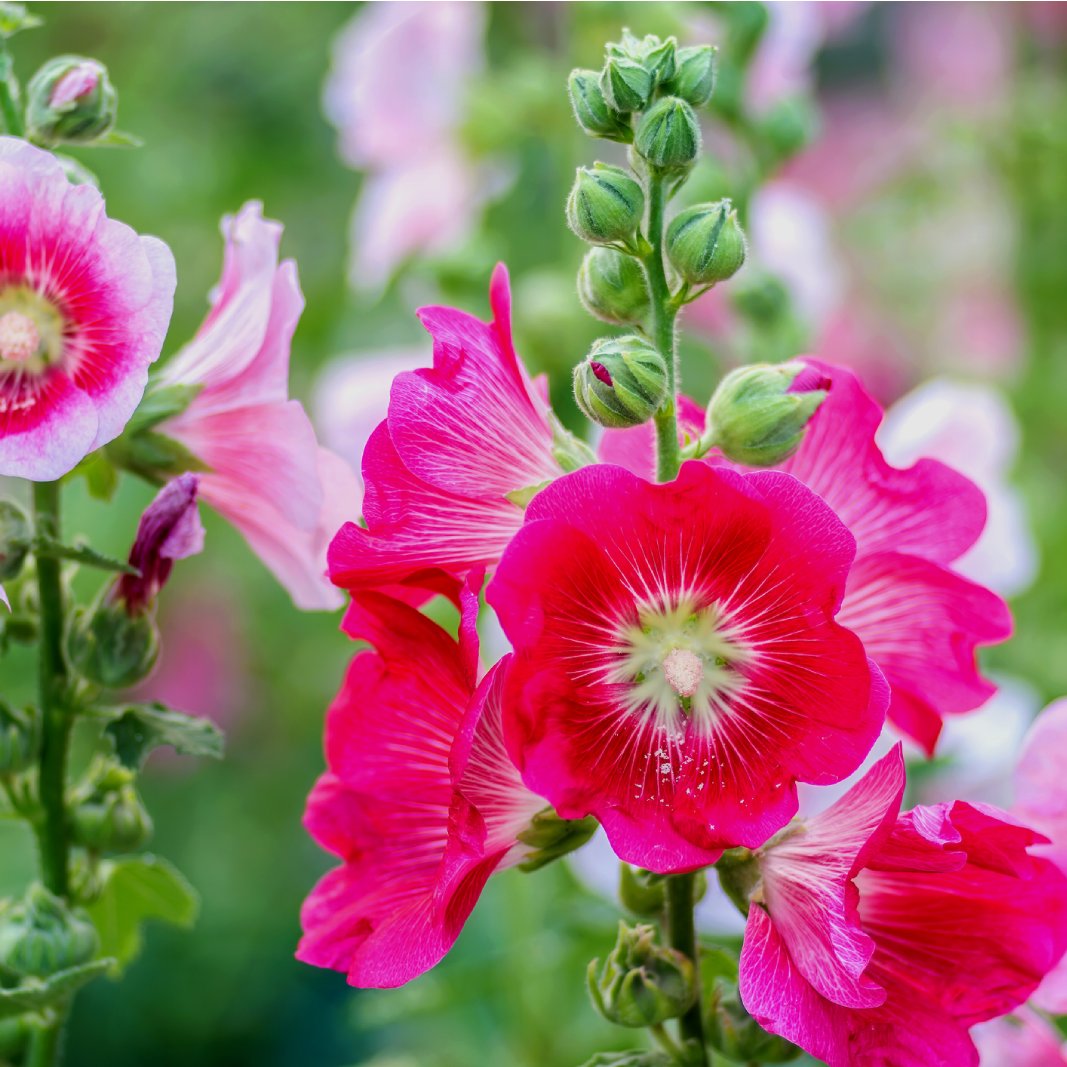 Hollyhock Feeding Made Simple: Fertilizing Hollyhocks For Better Blooms
Hollyhock Feeding Made Simple: Fertilizing Hollyhocks For Better BloomsFertilizing hollyhocks will help these old-fashioned beauties thrive and bloom, adding stately color and height to any ornamental garden.
By Tonya Barnett
-
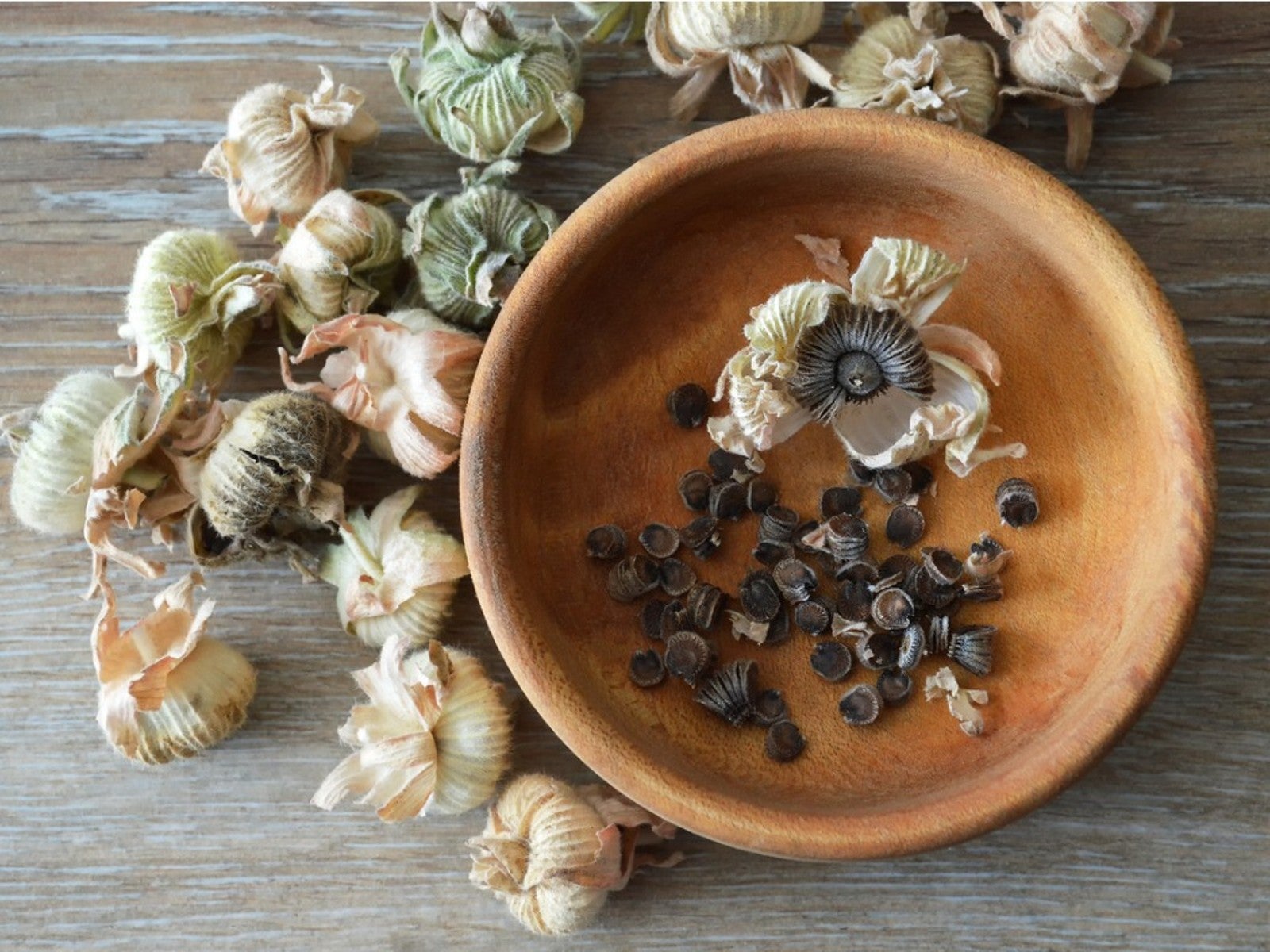 When And How To Harvest Hollyhock Seeds
When And How To Harvest Hollyhock SeedsWant to know how to harvest and collect hollyhock seeds? Click here to learn everything there is to know.
By Tonya Barnett
-
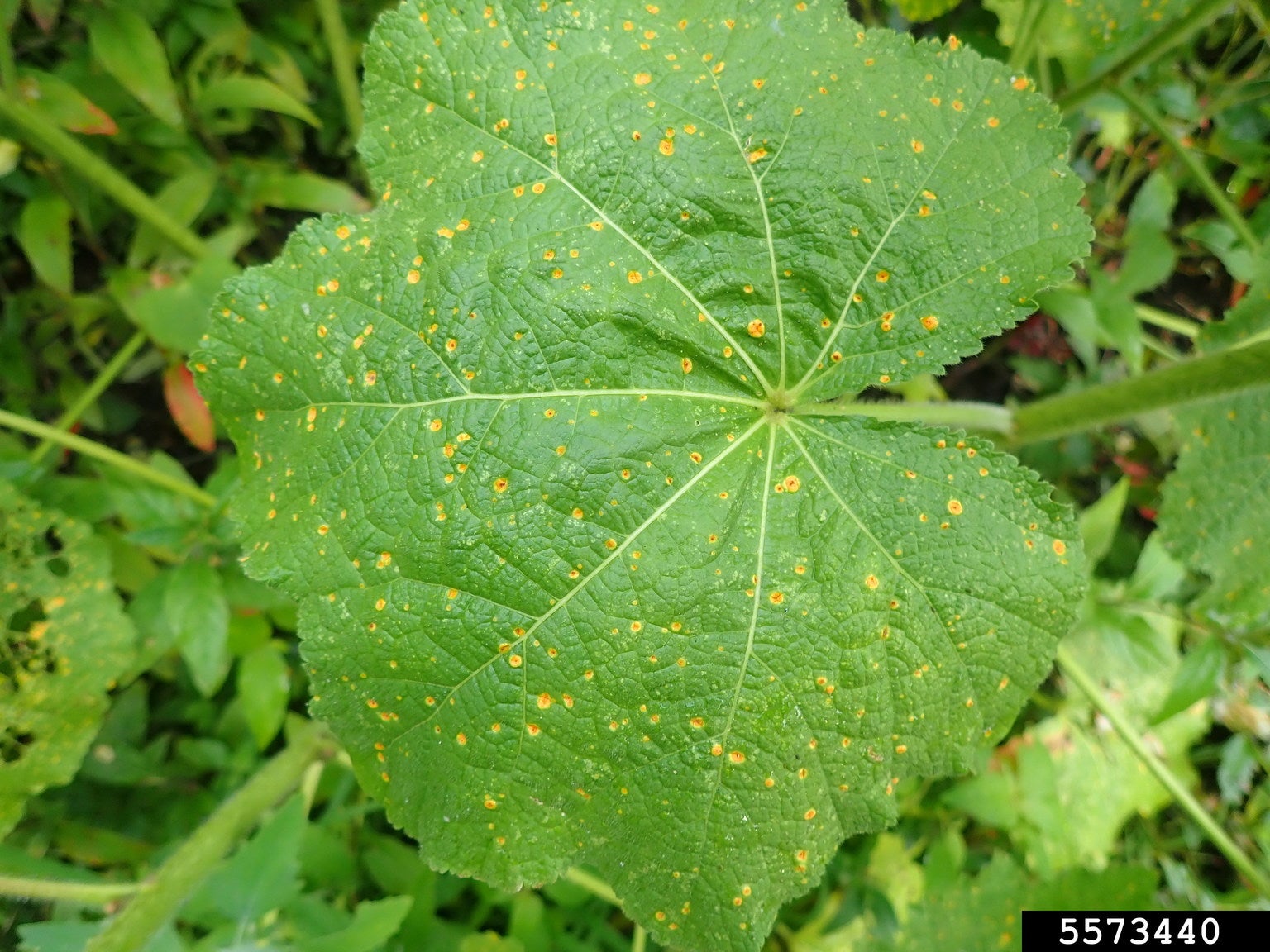 Treating Hollyhock Leaf Spot – Learn About Hollyhock Leaf Spot Control
Treating Hollyhock Leaf Spot – Learn About Hollyhock Leaf Spot ControlHollyhocks can be plagued by leaf spot diseases. Sanitation and proper irrigation generally keep the disease in check. Click here for more info.
By Mary H. Dyer
-
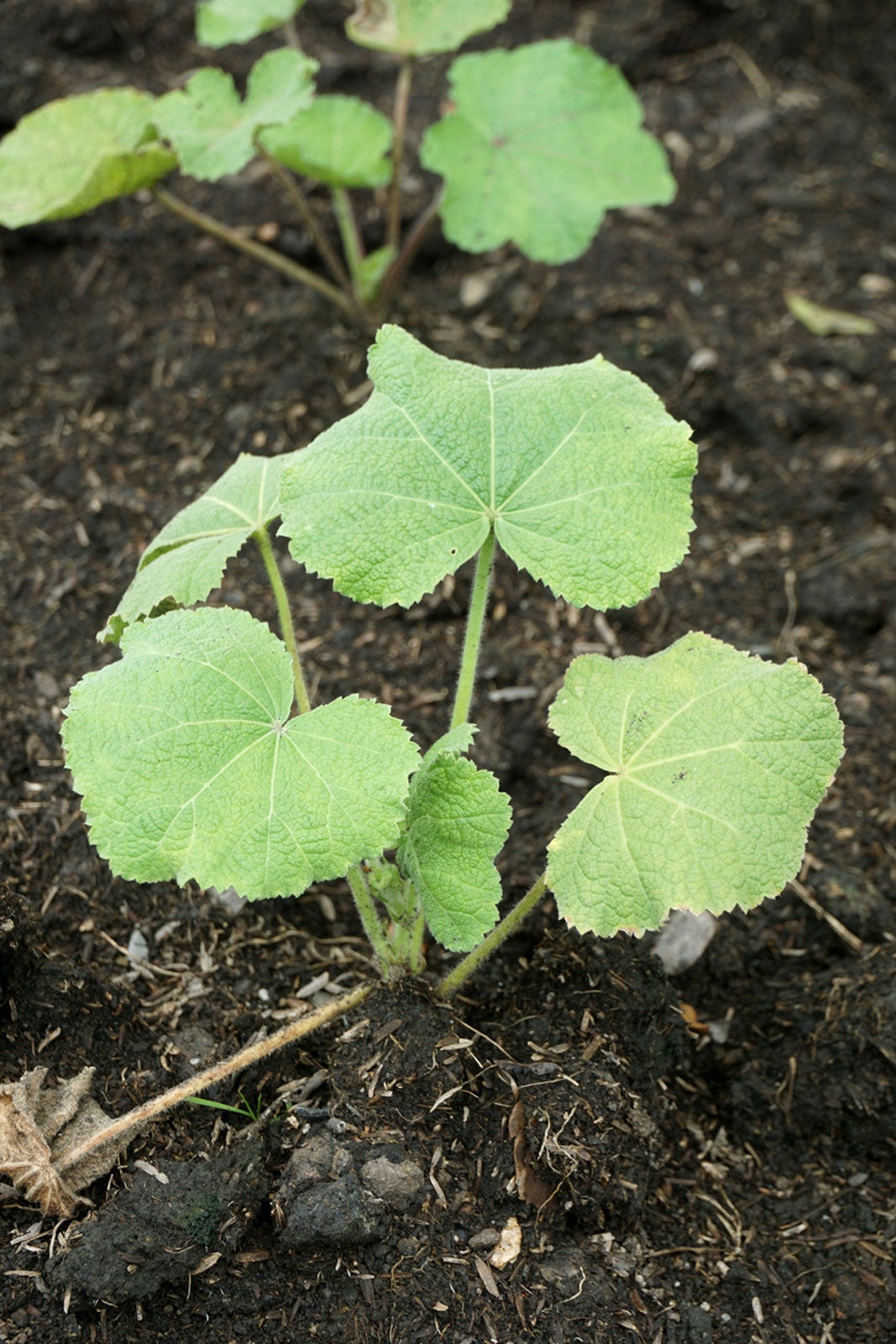 Hollyhock Pest Control: Are Hollyhock Nematodes Good Or Bad
Hollyhock Pest Control: Are Hollyhock Nematodes Good Or BadYour hollyhocks are stunted with poor flower production. They wilt easily and look yellowish. You're not sure why they’re are failing. Perhaps, it's because the trouble lies under the soil. You may have hollyhock nematode problems. This article can help with that.
By Laura Miller
-
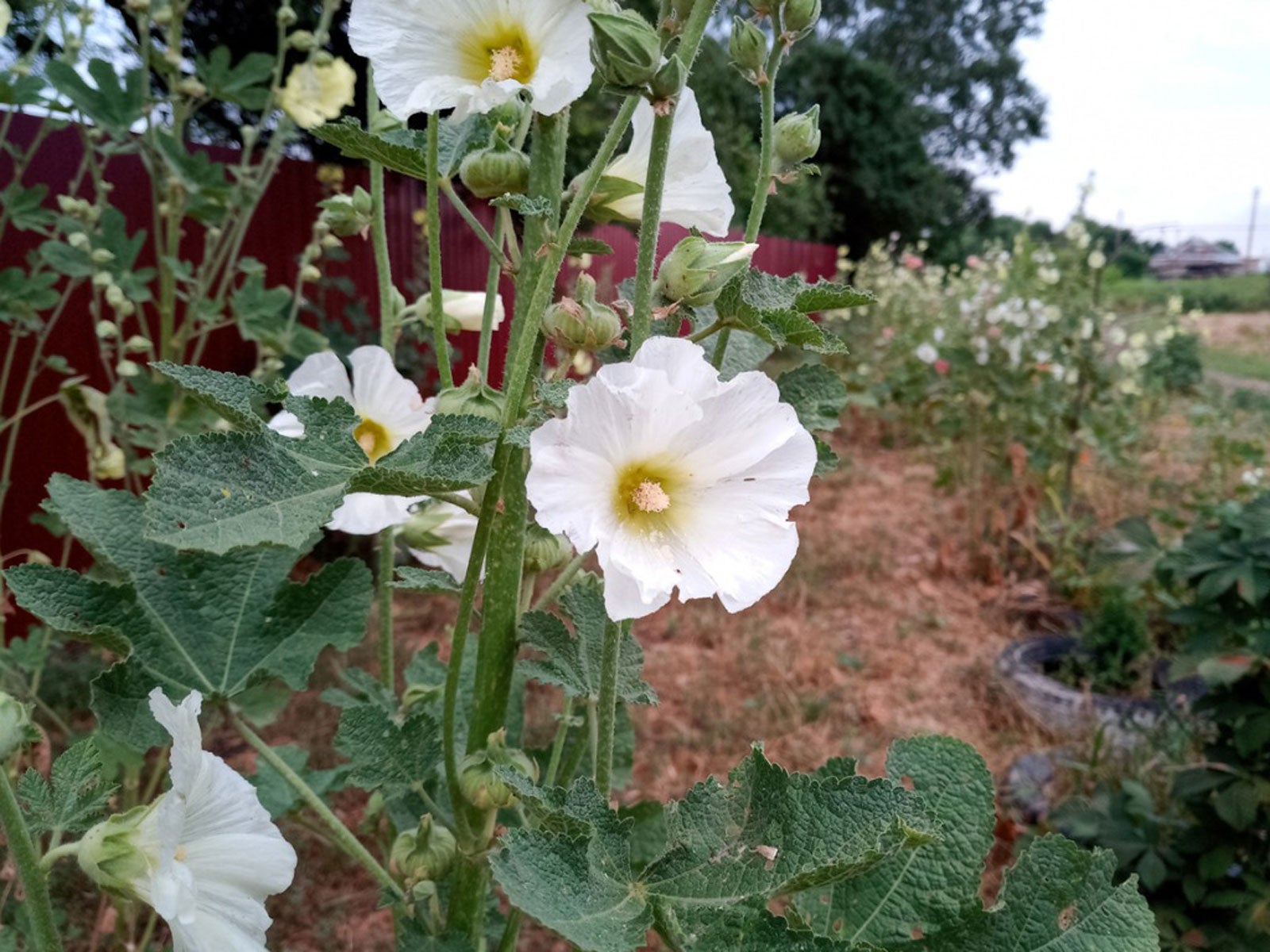 Hollyhock Anthracnose Symptoms: Treating Hollyhock With Anthracnose
Hollyhock Anthracnose Symptoms: Treating Hollyhock With AnthracnoseAnthracnose is one of the most destructive diseases of hollyhock plants. To learn about symptoms and management, click here.
By Mary Ellen Ellis
-
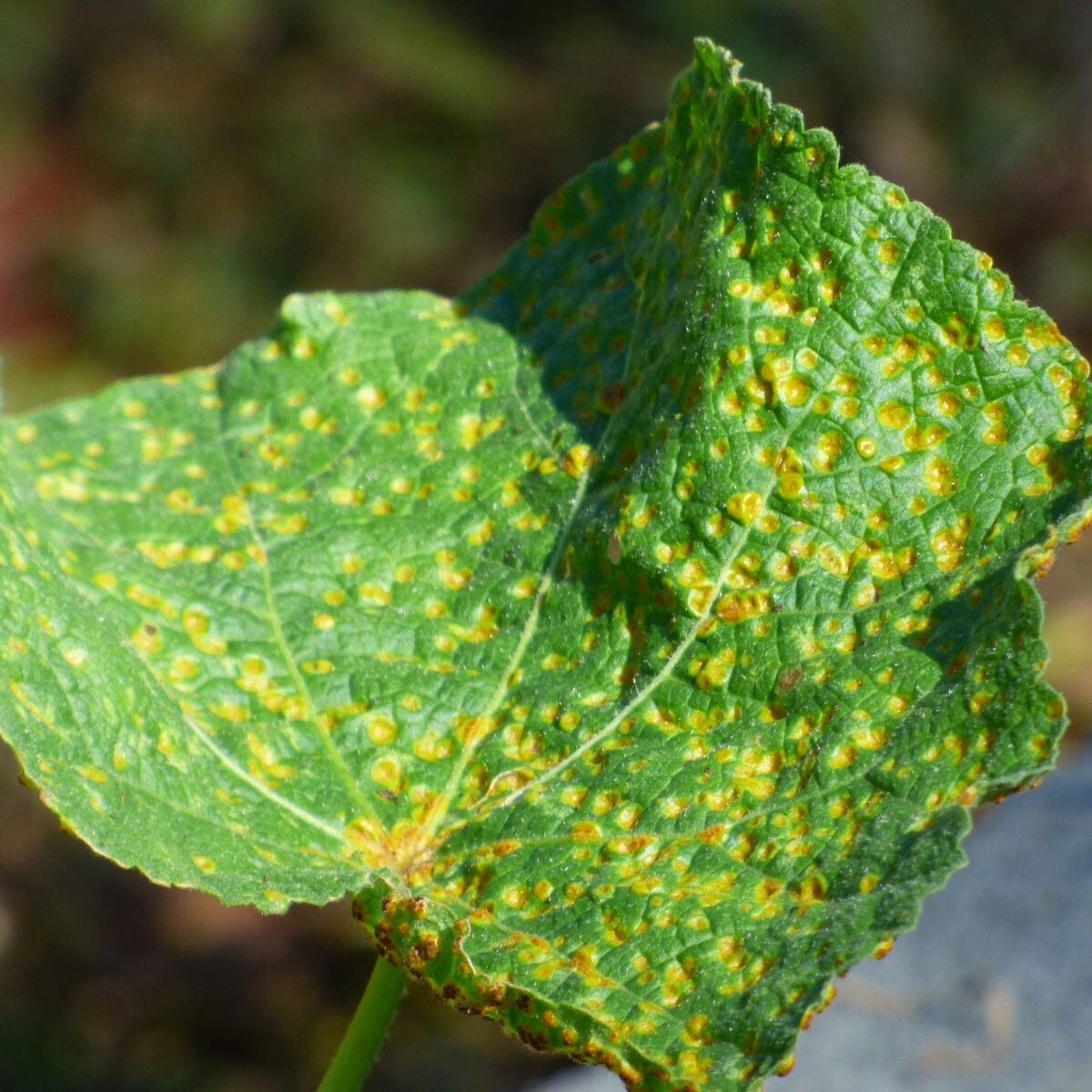 Hollyhock Rust Treatment: How To Control Hollyhock Rust In Gardens
Hollyhock Rust Treatment: How To Control Hollyhock Rust In GardensIf you've ever grown hollyhocks in a hot humid climate, you've probably seen its leaves with yellow spots on top and reddish-brown pustules on the undersides that indicate hollyhock rust. Find out how to control hollyhock rust in this article.
By Jackie Carroll
-
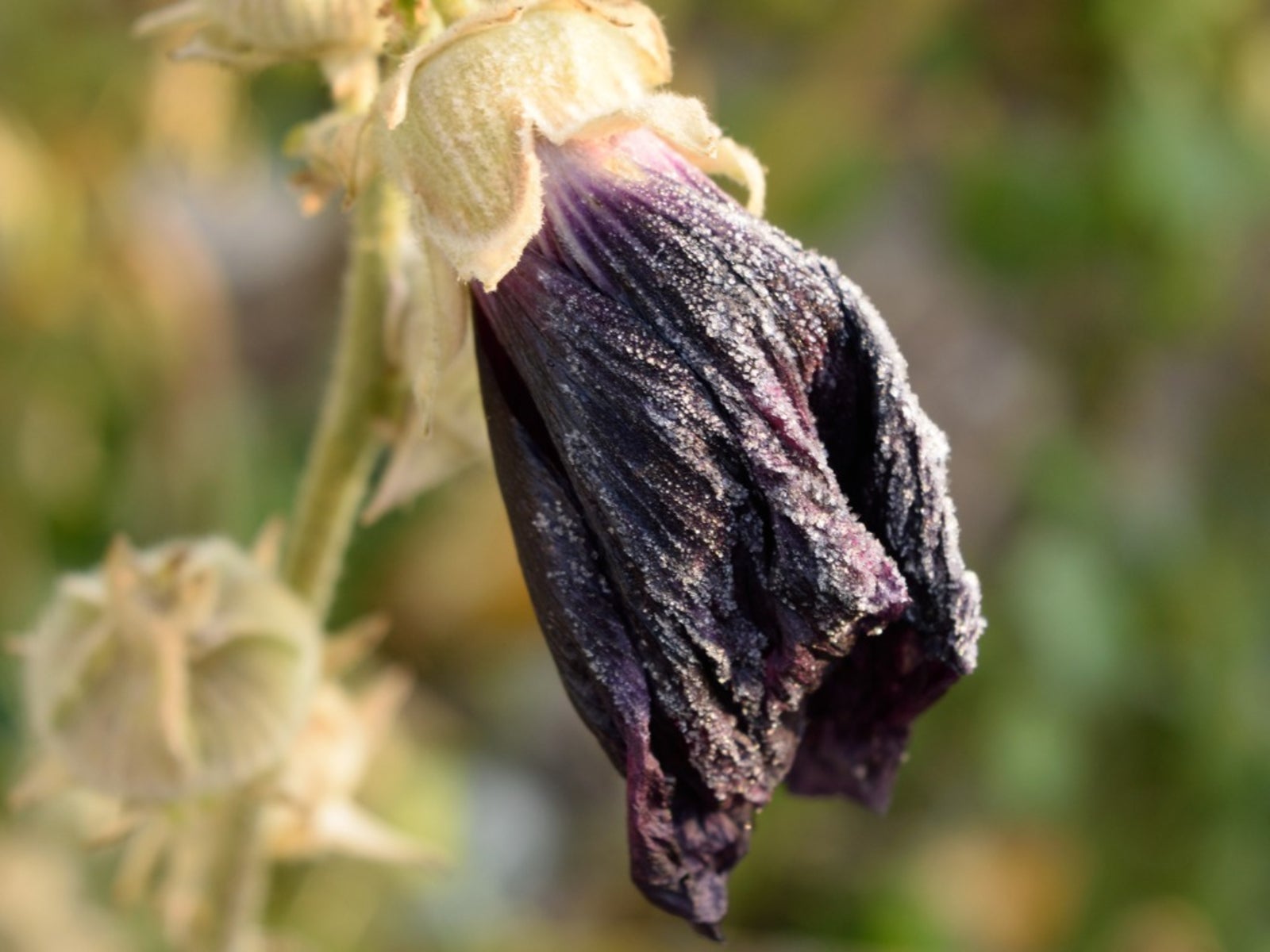 Hollyhock In Winter: How To Winterize Hollyhock Plants
Hollyhock In Winter: How To Winterize Hollyhock PlantsHollyhocks die back in winter, but you still need to protect the roots. Discover how to winterize hollyhock in this article so you can continue to enjoy their blooms next season.
By Bonnie L. Grant
-
 Bare Root Hollyhock Plants: Tips For Planting Hollyhock Roots
Bare Root Hollyhock Plants: Tips For Planting Hollyhock RootsGrowing hollyhocks in a sunny garden makes a statement. Planting hollyhock roots is the best way to start this large and attractive flower. Get tips on how to grow bare root hollyhocks in this article.
By Becca Badgett